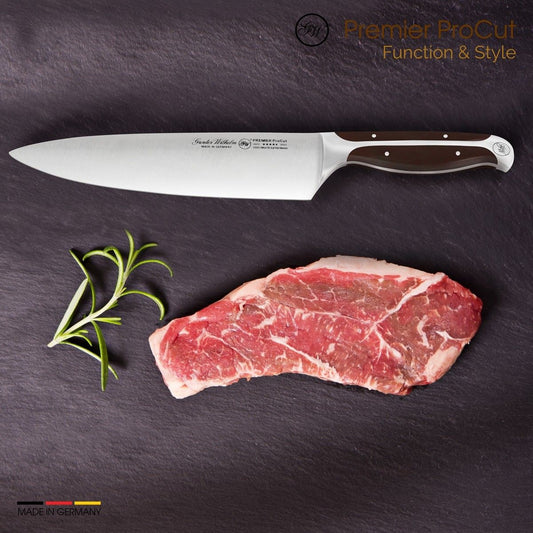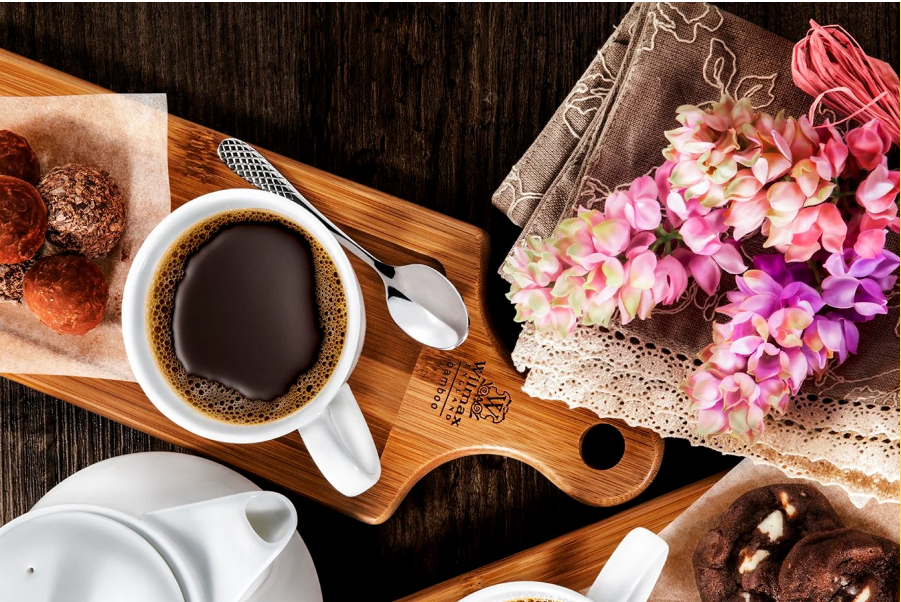The World of Puff Pastry: Croissants, Danishes, and Beyond

Flaky, buttery, and irresistibly crisp, puff pastry is one of the most beloved doughs in the baking world. Whether you’re making croissants, Danishes, palmiers, or turnovers, mastering lamination is the key to achieving perfect layers.
In this guide, we’ll explore how to make puff pastry from scratch, step-by-step instructions for lamination, and techniques for shaping beautiful, bakery-style pastries at home.
1. What Makes Puff Pastry Special?
✔ Multiple Flaky Layers – Puff pastry relies on butter folded into the dough, creating hundreds of crisp layers.
✔ Versatile – Used for sweet and savory pastries, from croissants to cheese puffs.
✔ No Yeast (Except for Croissants) – Traditional puff pastry uses steam for rise, while croissants include yeast for extra lift.
✨ Lamination: The process of folding butter into dough, rolling, and chilling to create flaky, airy layers when baked.
2. How to Make Puff Pastry from Scratch
Ingredients for Classic Puff Pastry
📝 Dough (Detrempe):
- 2 ½ cups (315g) all-purpose flour
- 1 tsp salt
- ¾ cup (180ml) cold water
- 2 tbsp butter (softened)
📝 Butter Block (Beurrage):
- 1 cup (225g) unsalted butter, chilled
- 2 tbsp flour (to prevent sticking)
👩🍳 Step-by-Step Instructions for Laminating Dough:
Step 1: Make the Dough
- Mix flour, salt, and softened butter. Add cold water until dough forms.
- Shape into a rectangle, wrap, and chill for 30 minutes.
Step 2: Prepare the Butter Block
- Flatten butter between parchment paper into a 5x5-inch square.
- Chill until firm but pliable.
Step 3: Lamination (Creating Layers)
- Roll the dough into a 10x10-inch square and place the butter in the center.
- Fold the dough like an envelope, sealing the butter inside.
- Roll into a long rectangle, then fold into thirds (first fold).
- Chill for 30 minutes, then repeat rolling and folding five more times.
✨ Pro Tip: Always keep the dough cold—warm butter will break the layers!
3. Shaping Elegant Pastries
🥐 How to Shape Croissants
- Roll puff pastry into a long rectangle (⅛ inch thick).
- Cut into triangles (base 3 inches wide, 6 inches tall).
- Stretch slightly, then roll from the base to the tip, tucking the end underneath.
- Place on a tray, proof for 2 hours, then bake at 375°F (190°C) for 20 minutes.
✨ Optional: Brush with egg wash before baking for a golden shine.
🍓 How to Shape Danishes
1. Pinwheel Danish
- Cut 4-inch dough squares and slit from each corner to the center.
- Fold alternating corners inward to form a pinwheel.
- Fill with jam, pastry cream, or cream cheese.
2. Envelope Danish
- Cut squares and fold two opposite corners over the filling.
3. Twisted Danish
- Cut long strips, twist them, and shape into knots or spirals.
✨ Pro Tip: Fillings go AFTER proofing to prevent sinking.
4. Other Puff Pastry Creations
✔ Palmiers – Sugar-coated, heart-shaped pastries.
✔ Napoleons – Layers of puff pastry with pastry cream.
✔ Turnovers – Folded pastries filled with fruit or custard.
✔ Savory Cheese Twists – Puff pastry strips twisted with cheese and herbs.
5. Baking Tips for Perfect Puff Pastry
✔ Keep Dough Cold – Always chill between steps for flaky layers.
✔ Use High Heat – Bake at 400-425°F (200-220°C) for crisp texture.
✔ Egg Wash for Shine – Brush with egg yolk + milk for a golden crust.
✔ Don’t Overfill – Too much filling will prevent proper rising.
6. Final Thoughts: Mastering Puff Pastry
Puff pastry may take time, but the result is light, crispy, bakery-quality pastries that impress. Whether you’re making croissants, Danishes, or savory puffs, mastering lamination and shaping will elevate your baking skills.
🌟 Which pastry will you try first? 🥐✨
Share:





